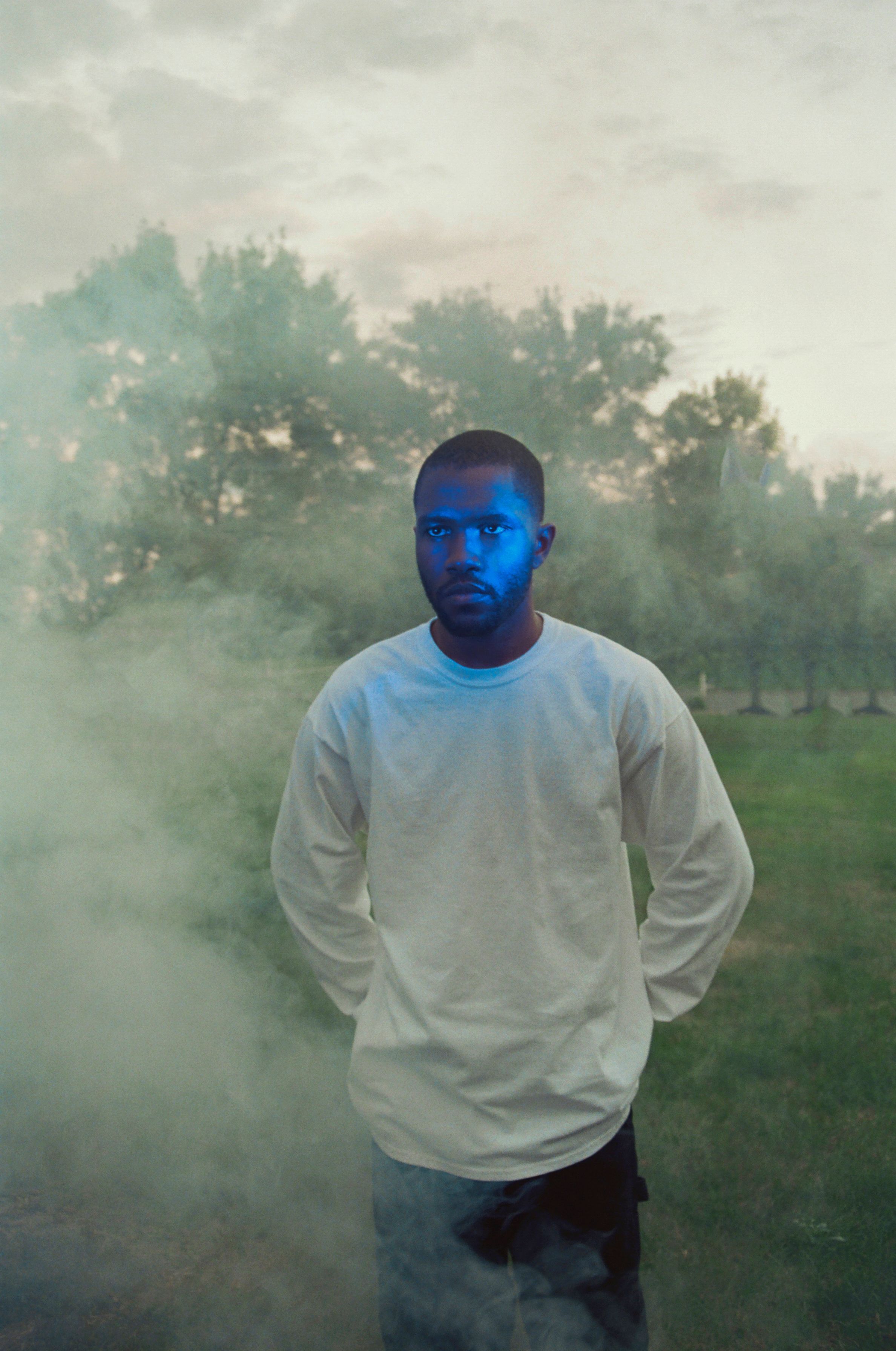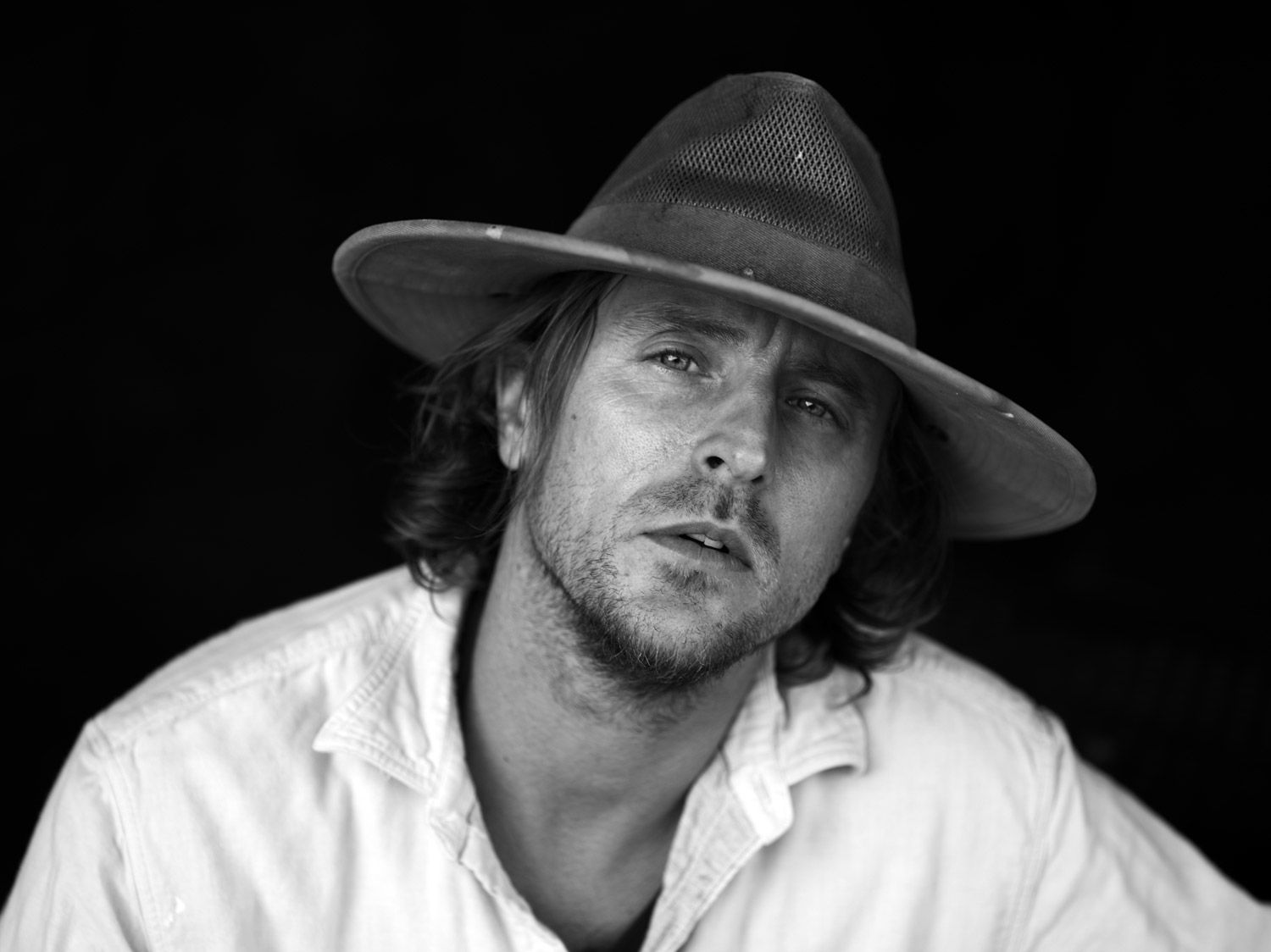Total Luxury Spa’s LIQUID STATE
|Katja Horvat
Founded by Daniel DeSure and Hassan Rahim, TOTAL LUXURY SPA is a brand and cultural initiative based in Los Angeles – south LA, to be exact, behind the Susan Miller Dorsey High School. Now a culmination of streetwear fashion, social engagement, publishing, and the arts, TLS started out by publishing zines back in 2012. Its growth since has been a response to what its founders saw as a local demand for change and improvement in quality of life, and the result of an emphasis on collaborative processes as ways of developing, sharing, and using knowledge on neighborhood and global levels.
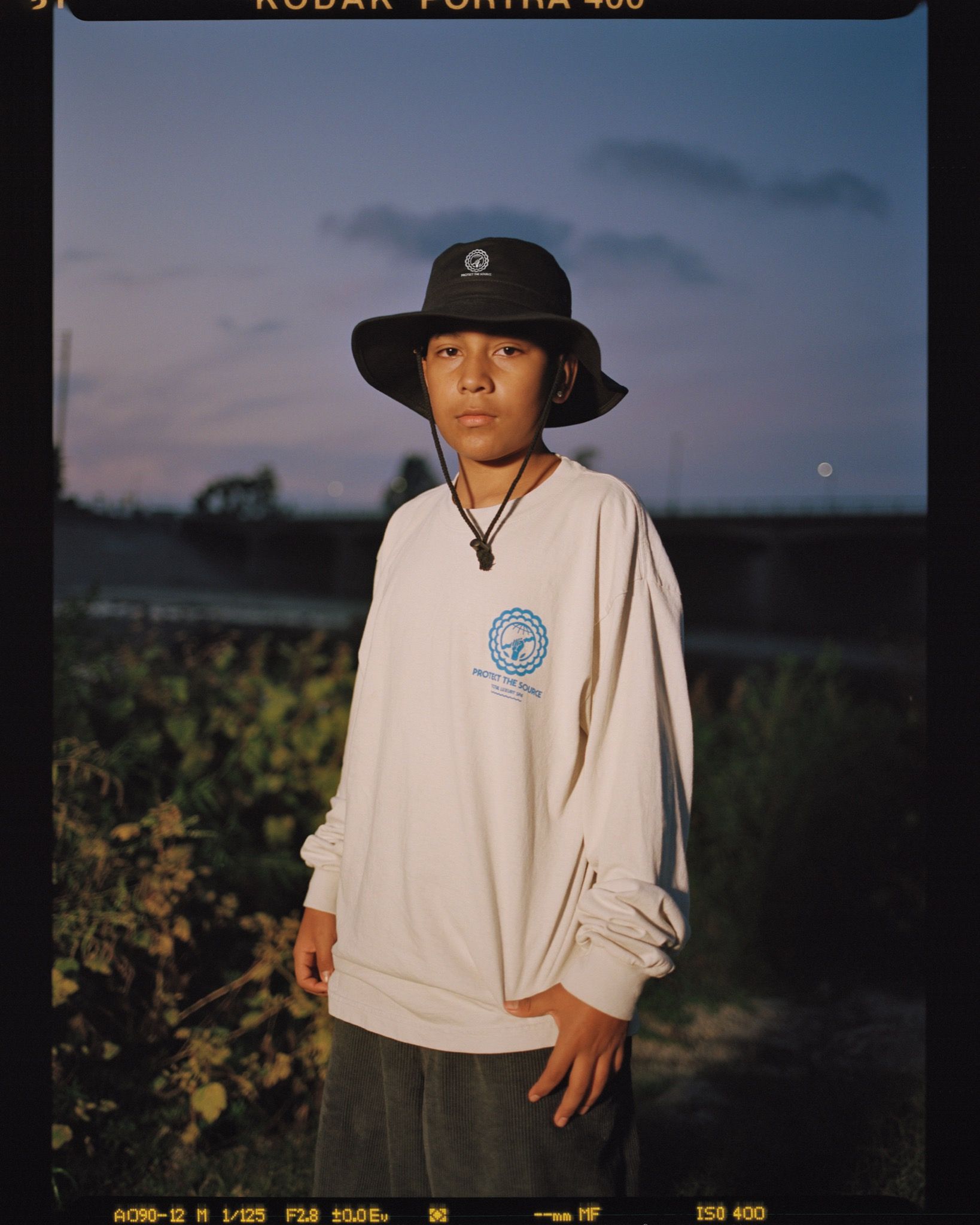
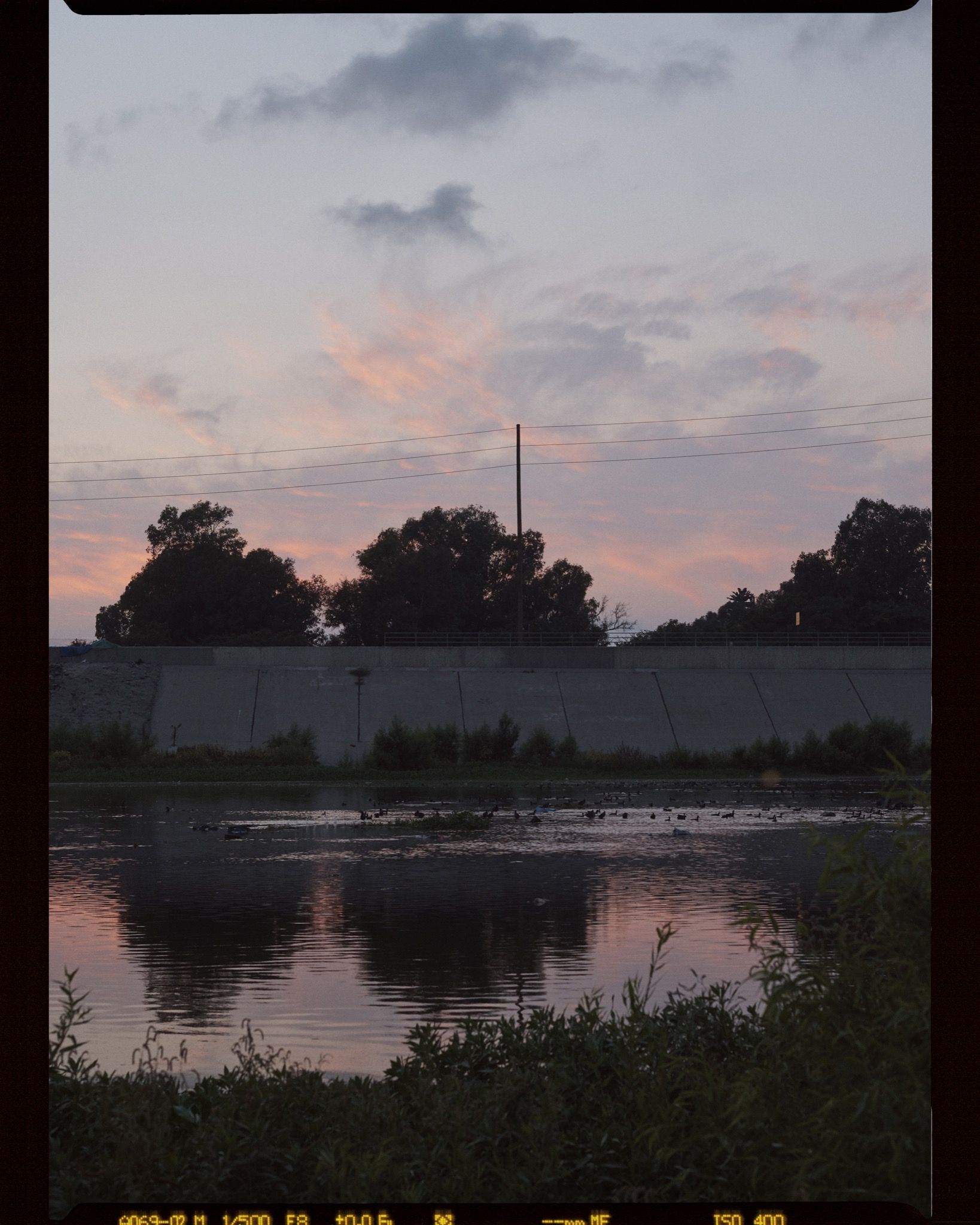
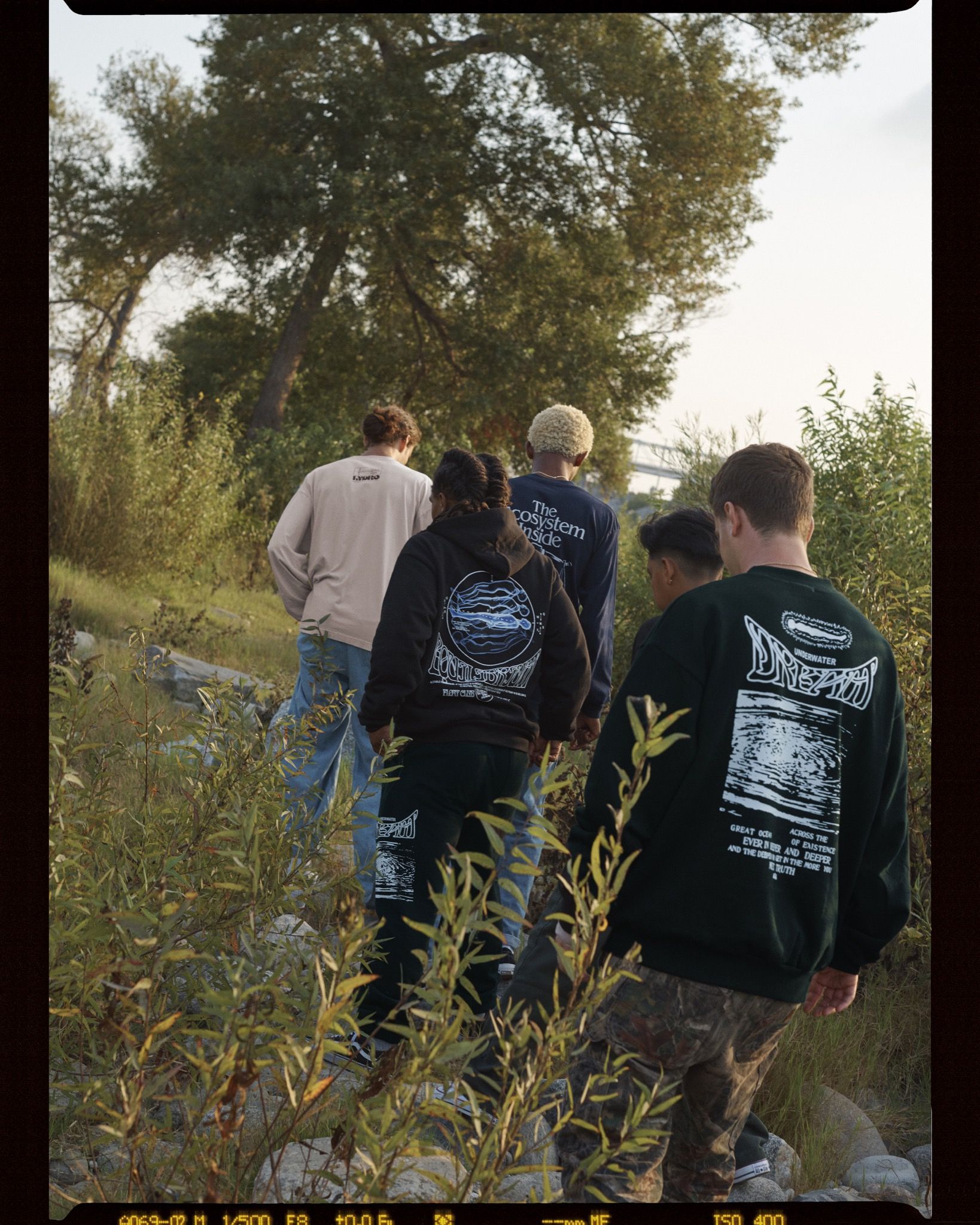
The brand’s streetwear is informed by its DIY outlook and family of related endeavors that includes the Commonwealth Projects creative studio and Tropics LA, a juice bar-meets-skateboard and meditation themed youth center. TLS’ streetwear content and marketing strategy spotlights area businesses and concerns, emphasizing access, opportunity, and health – individual and civic – via drops and collabs benefiting local causes. Tapping international and Los Angeles artists (Kahlil Joseph, Lauren Halsey, Cyprien Gaillard, Terence Koh, Martine Syms, Kelsey Lu) alongside activists and community figures (Assata Umoja, chef Mr. Wisdom), TLS has created globally popular apparel – famously, the Crenshaw Wellness collection – derived from conversations happening in their own back yard.
Wealth disparity, racial justice, and climate crisis converge with particular clarity in Southern California, where drought and wildfires highlight environmental racism as a factor impacting access to healthcare, housing, and basic resources – including water, the locally scarce and often commodified necessity that informs TLS’ fifth collection, “Liquid State.” Launching on November 27, 2020, with a campaign shot along the Los Angeles River, the drop includes a limited-edition t-shirt whose profits support Friends of the LA River: an organization committed to keeping the once enclosed river both publicly accessible and ecologically sustainable. Appropriately, TLS has developed a new 100% recycled jersey that will provide the material base for garments going forward, and has committed to using highly compostable plant-based packaging for all shipments. The brand also plans to release a charcoal drinking water filter and a shower timer – to help you cut down on water usage before you change into your “Liquid State” garms. DeSure and Rahim discussed their flow from DIY publishing to multi-platform label and advocacy ahead of the drop.
Katja Horvat: Ok guys, the basics first: how did TLS come about? How did you even meet?
Hassan: Details are blurry, but I remember Daniel coming to an opening of a show I was in – he was actually one of the first people who purchased my work, ever. Then we hung out at The Living Room, a bar on Crenshaw, during karaoke night, where I attempted to rap a Ma$e song. Karaoke is just not my thing, but Daniel was hyping me up, saying I sound like Jay-Z.
Daniel: You killed it.
Hassan: Then we just gradually started hanging out and working together. First via Commonwealth Projects, and later on with Total Luxury Spa. It really all started with shared interests and background. We both come from a similar environment where we grew up skating, listening to the same music, etc. The glue that holds everything together is our mutual interest in art, and in approaching something from a different angle – whether that’s just in the design or means creating new communication tools around a subject.
In previous interviews you said that TLS was born out of your curiosity and drive to explore your beliefs and interests further. How was the switch from working for others to working for yourself?
TLS: The beginning was very much testing grounds for us, because as you say, our work up to that point was mostly entwined with projects relating to other brands. TLS initially started as a publishing house, and zines by artists Giovanni Duca and Trevor Hernandez were the first ones we published. As publishing went through so many highs and lows in recent years, so did our idea of what TLS was. Soon after starting, we felt like we needed to explore and get our message further from just zines, books, and fairs. So we re-branded and started doing apparel.
Was the full name there from the get-go?
It was there all along, but we leaned on it, and on what it represents, way less in the beginning than we do now. Just recently, we had a long conversation about how the meaning of the same entity changes as time passes – whether that means our brand’s name or just wording we put out on shirts, the words take on an entirely new meaning and context over the years, and there is something really cool and exciting about that. I also think we grew into the name – at the very beginning, it was just a crazy idea. Now, it’s starting to stand and exist on its own.
Maybe it’s the people, causes, and collections that make you grow into a name and see the potential behind it. What made you go with Total Luxury Spa in the first place?
It’s funny – at first we were aiming more towards just Spa, but ended up going with the full thing. Culture, community, human connection, doing good, giving back, being creative – they’re all things that rejuvenate you and can have healing effects on their own. To push this experience further and make it wholesome, we started to design our physical spaces with this in mind, too. Our first book fair booth was a small, white-tiled cube – a spa-like space. And that thinking has stayed with us.
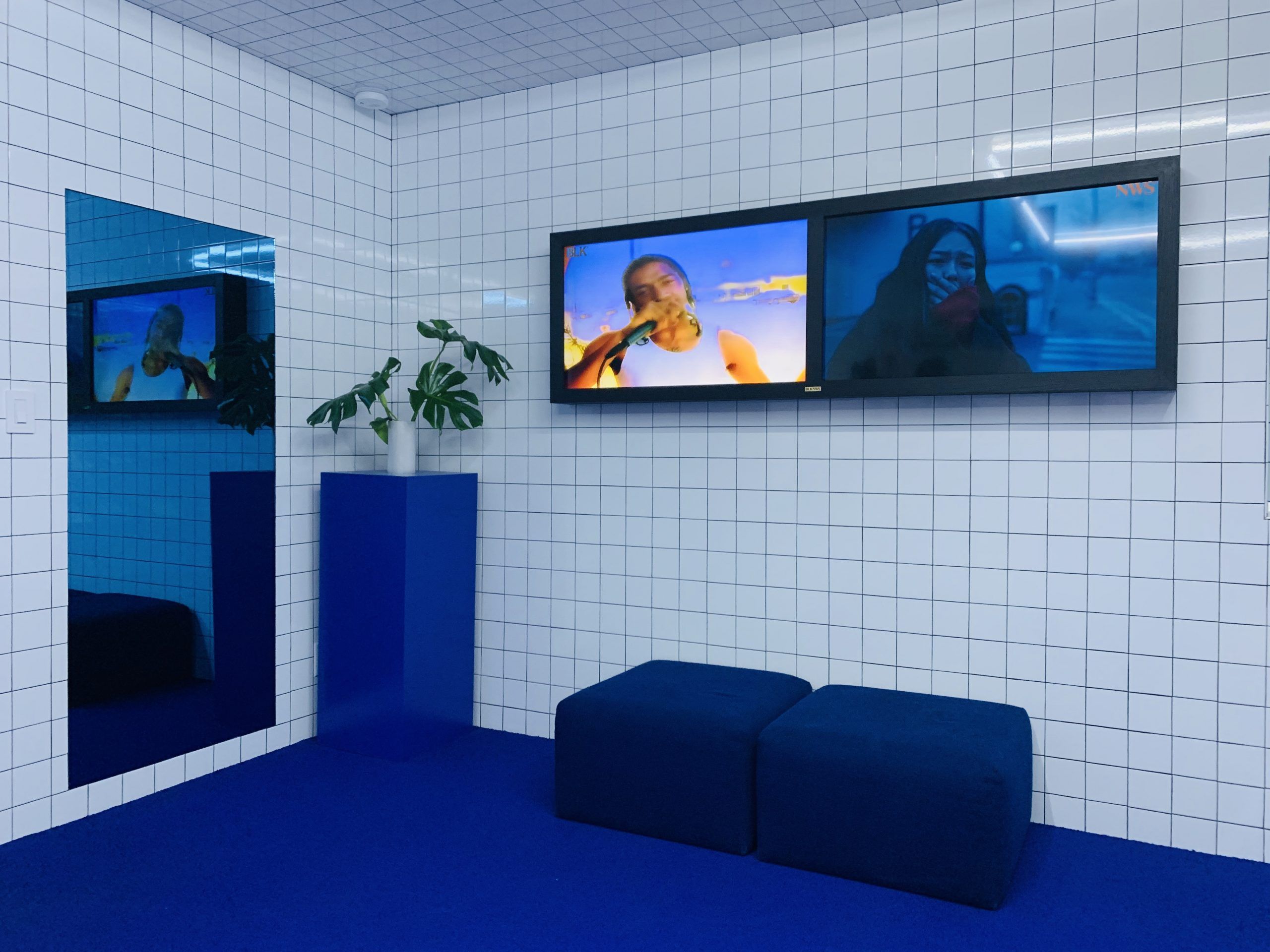
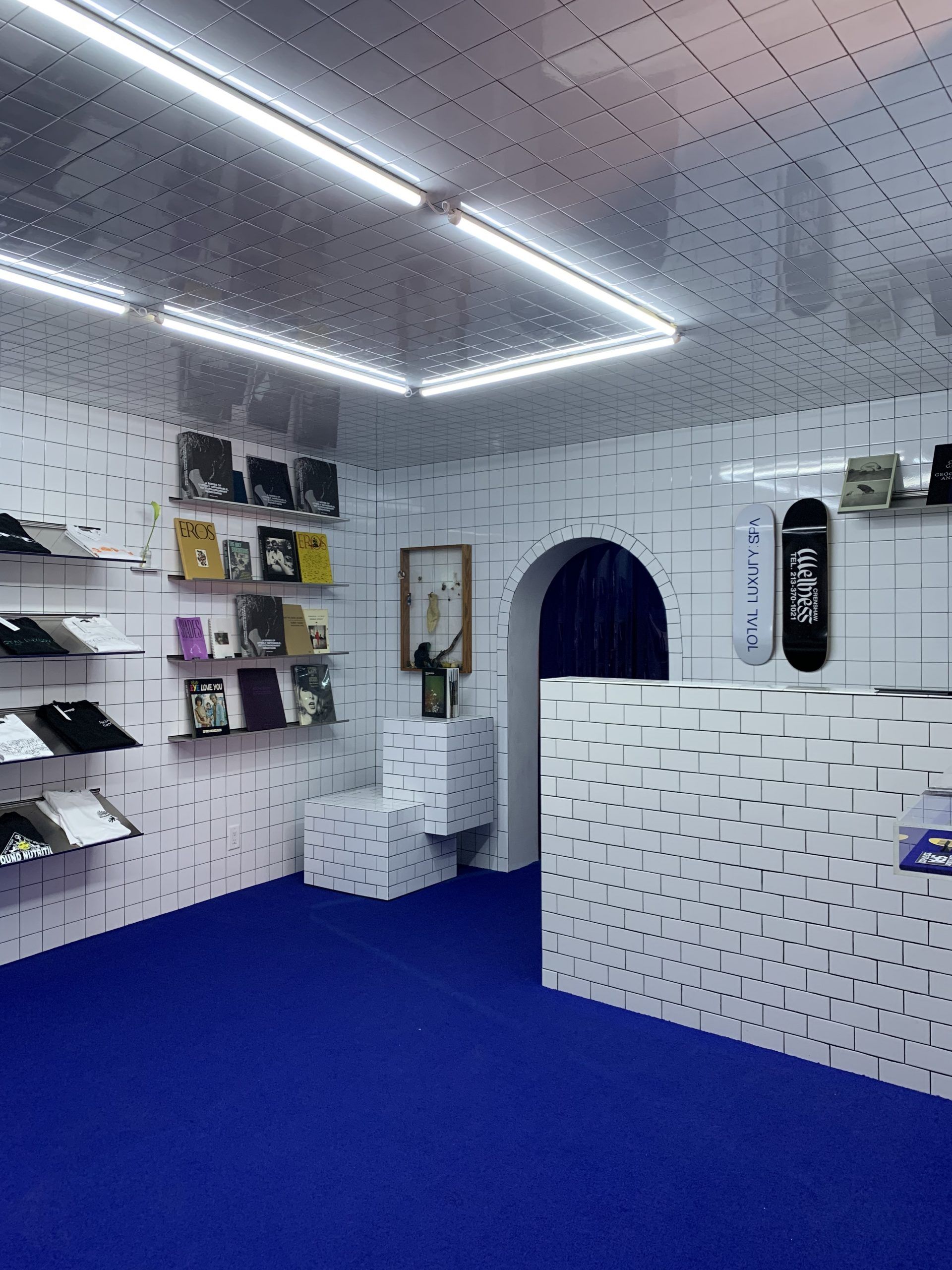
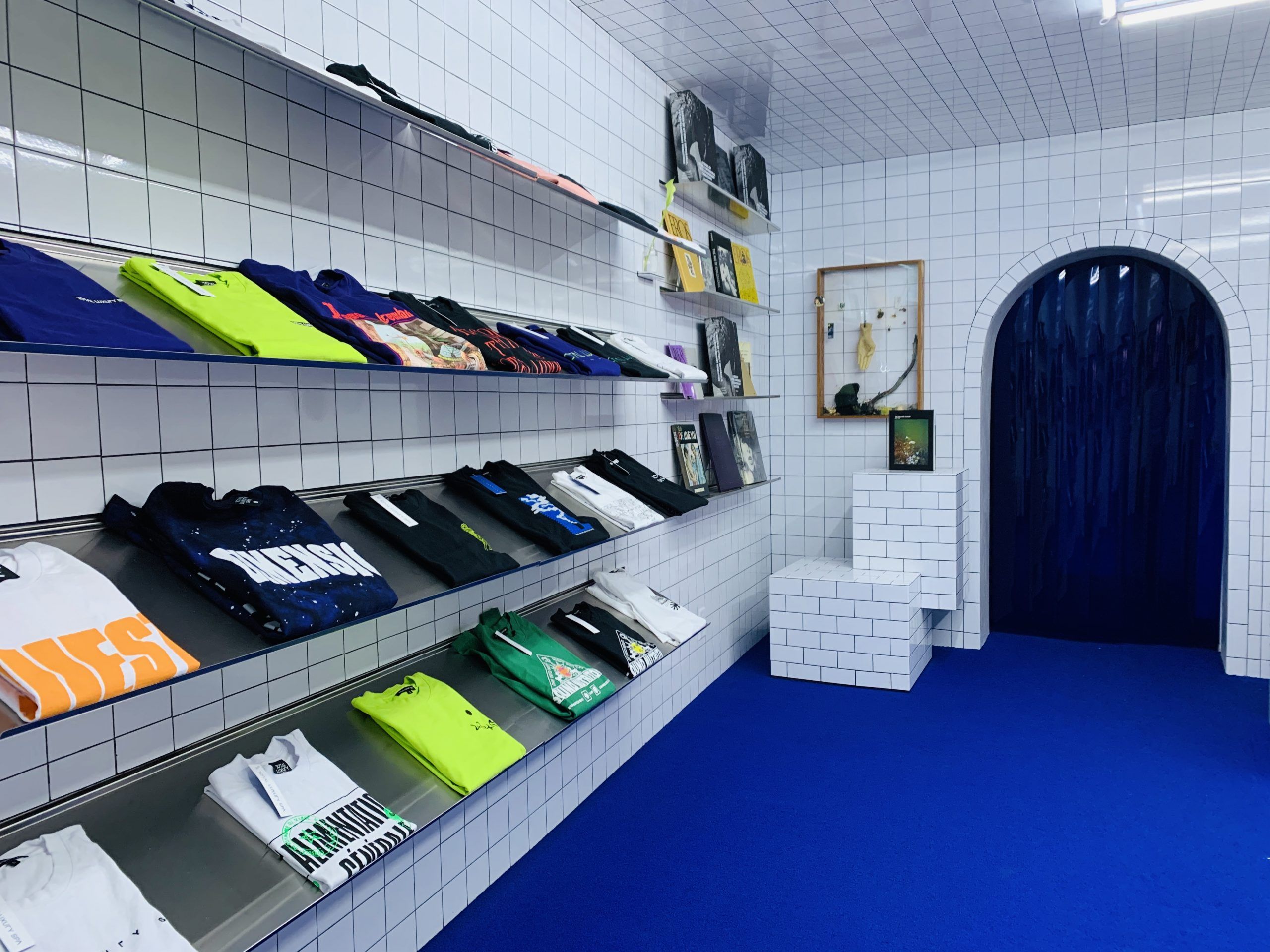
TLS has been active for eight years now. How does one keep a brand afloat or growing while giving away so much profit and time to different causes?
That might be the first time we’ve been asked that. It’s a careful balance. We both run and operate our own individual studios, so we have that. It’s tight, but you have to find a balance between doing projects for the sake of fundraising and awareness, and doing designs for fun and to celebrate the brand. The hope is that people will want to support both areas, and that when one grows, the other grows with it. The hope is that massive brands could look at this model and do the same thing, which could bring a lot of attention and resources to important issue.
“For us, more than anything else, it’s about going back to the simple idea of empathy. If you think outside of yourself to the point that you can align with the problem, that’s where you meet and become one with the issue – and potentially find a solution.”
“Liquid State” pays respect to our most fundamental earthly life-force—water—both metaphorically and philosophically. How has water informed your practice so far?
Having grown up in LA, we’ve always had water politics in the background of the city. Books like The City of Quartz and movies like Chinatown were always something that shed light on that often dark history. Doing research early on, we learned that there are 7.5 billion people on earth, and about 1 billion don’t have access to clean water! So this new collection explores water politics locally, but also globally.
Friends of the LA River was established in 1986 by poet Lewis MacAdams, who famously broke through the fence around the riverbed and declared it free to the public. Reading about MacAdams’ work, I found an explanation that likened his vision of the river’s future to the ideas of Deep Ecology, a philosophy of nature that sees the environmental crisis as” a symptom of a psychological or spiritual ailment which afflicts modern humanity,” and humans as a part of nature. As John Seed described it, MacAdams’ and other Deep Ecologists’ position was: “Not only do we need to restore the river, we are the river.”
The ethos expressed in that quote and the philosophy behind it could apply to how we view all our collections. For us, more than anything else, it’s about going back to the simple idea of empathy. If you think outside of yourself to the point that you can align with the problem, that’s where you meet and become one with the issue – and potentially find a solution. While the emphasis for this drop is on the LA River, to us this is a much larger conversation – a metaphor for “what’s happening today,” all over the country and the world. For us, being from LA, the river has always been an integral part of our identity. As kids we played in it, and later skated it. The river itself has sort of been digested as an extension of a utility company – people think it’s just a waste run-off, but there is an incredible natural and human history behind it. As a primary resource for the indigenous people who used to live around it, the river was a real, highly functional ecosystem back in the day. That’s just one example of how we scarily take it for granted. The idea of water, this basic set of molecules, seems like such a small thing, but it is everything. When we decide to talk about something as “simple” as water, we think of how it can change the whole trajectory of things that follow, either good or bad. If you look at the stats, if you look at the Covid rates in certain locations and communities relative to their access to water, you see that freedom to health revolves around it.
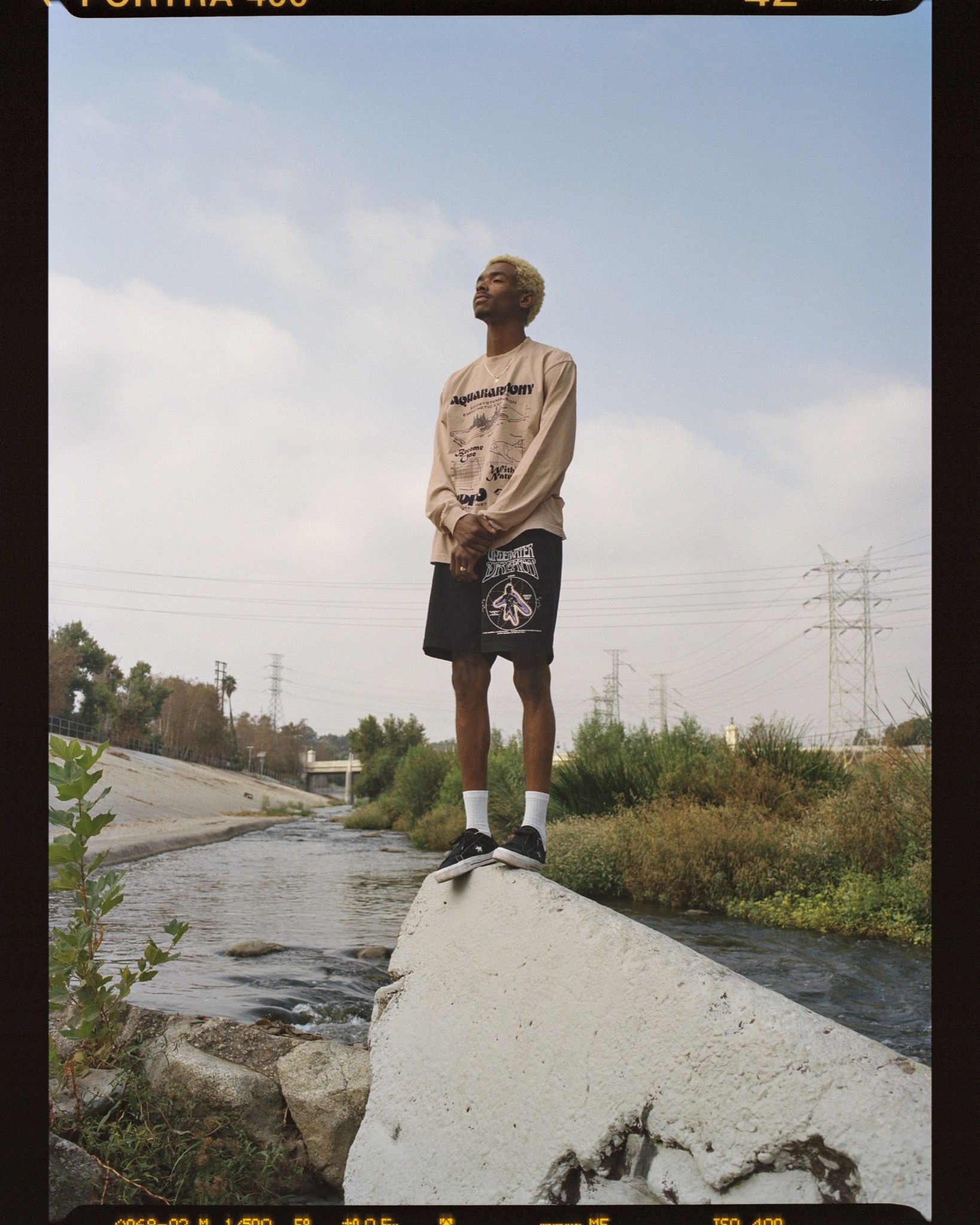
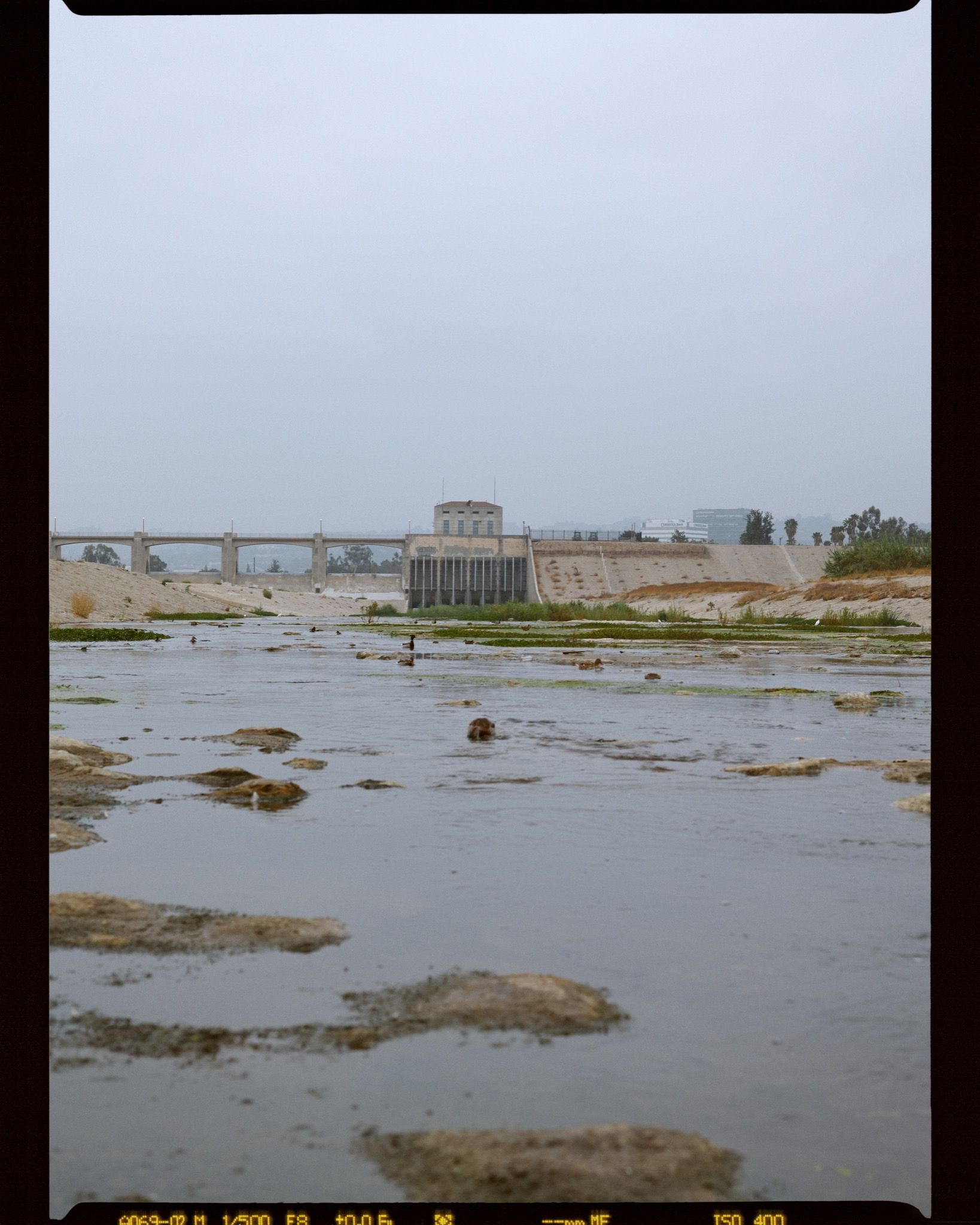
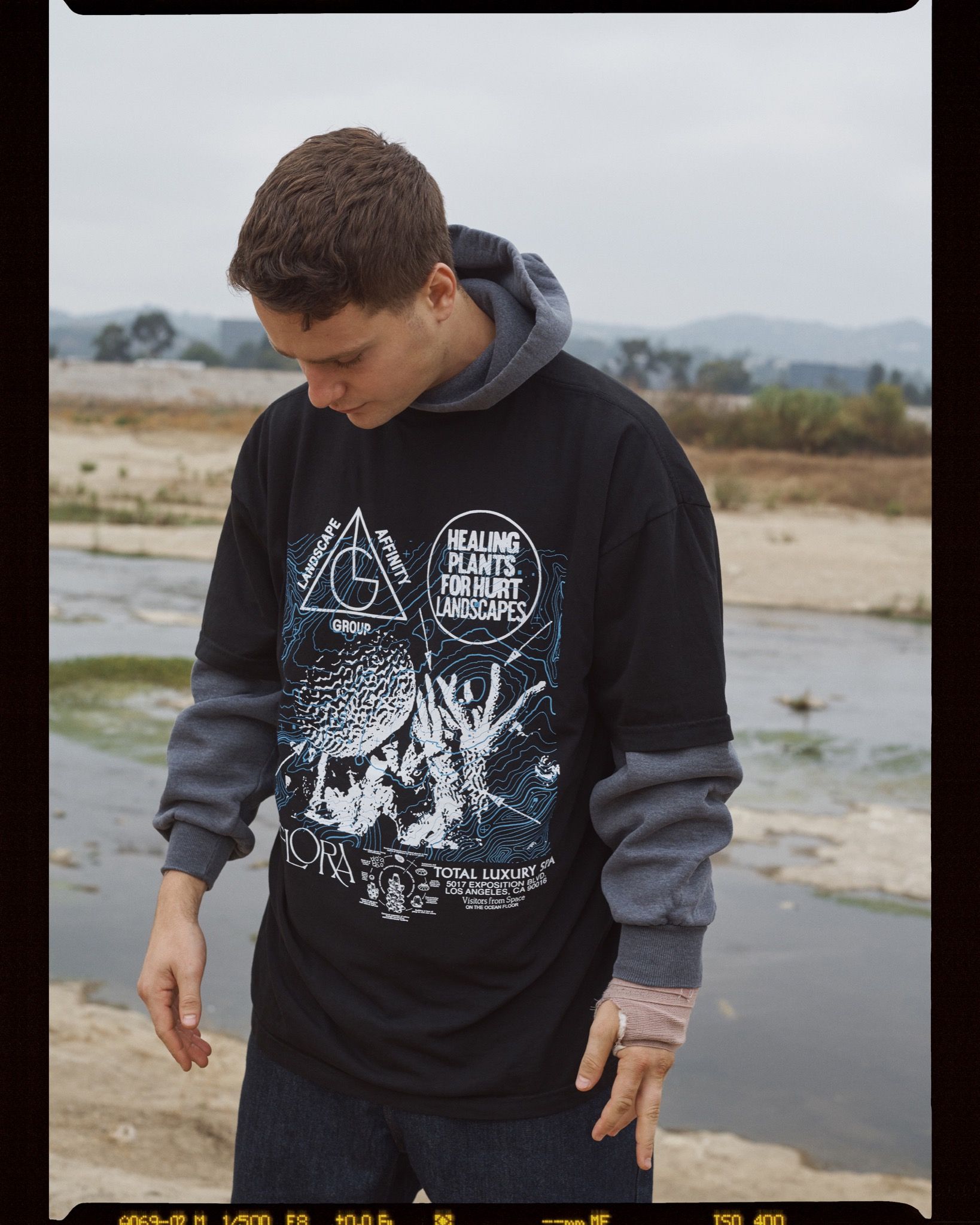
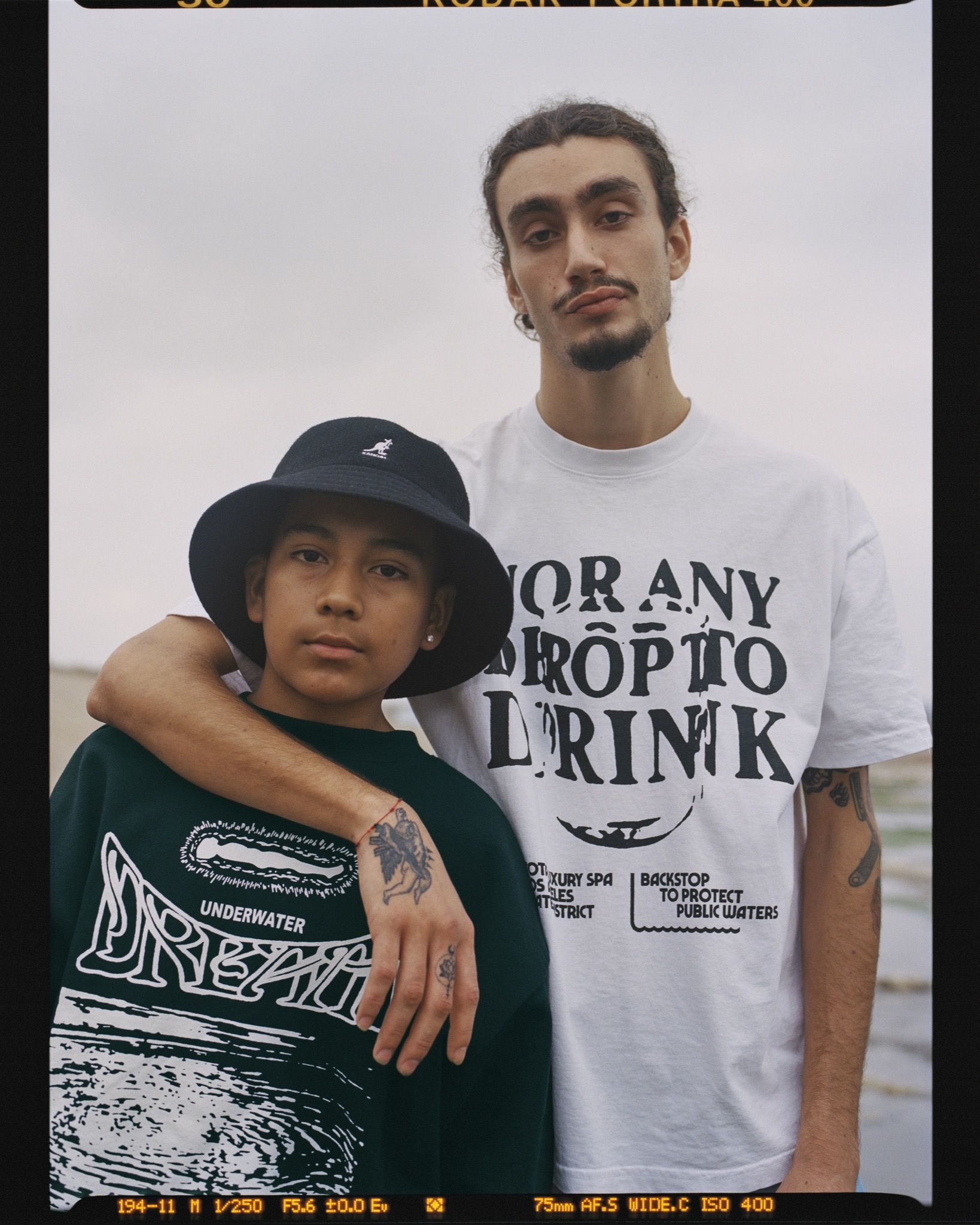
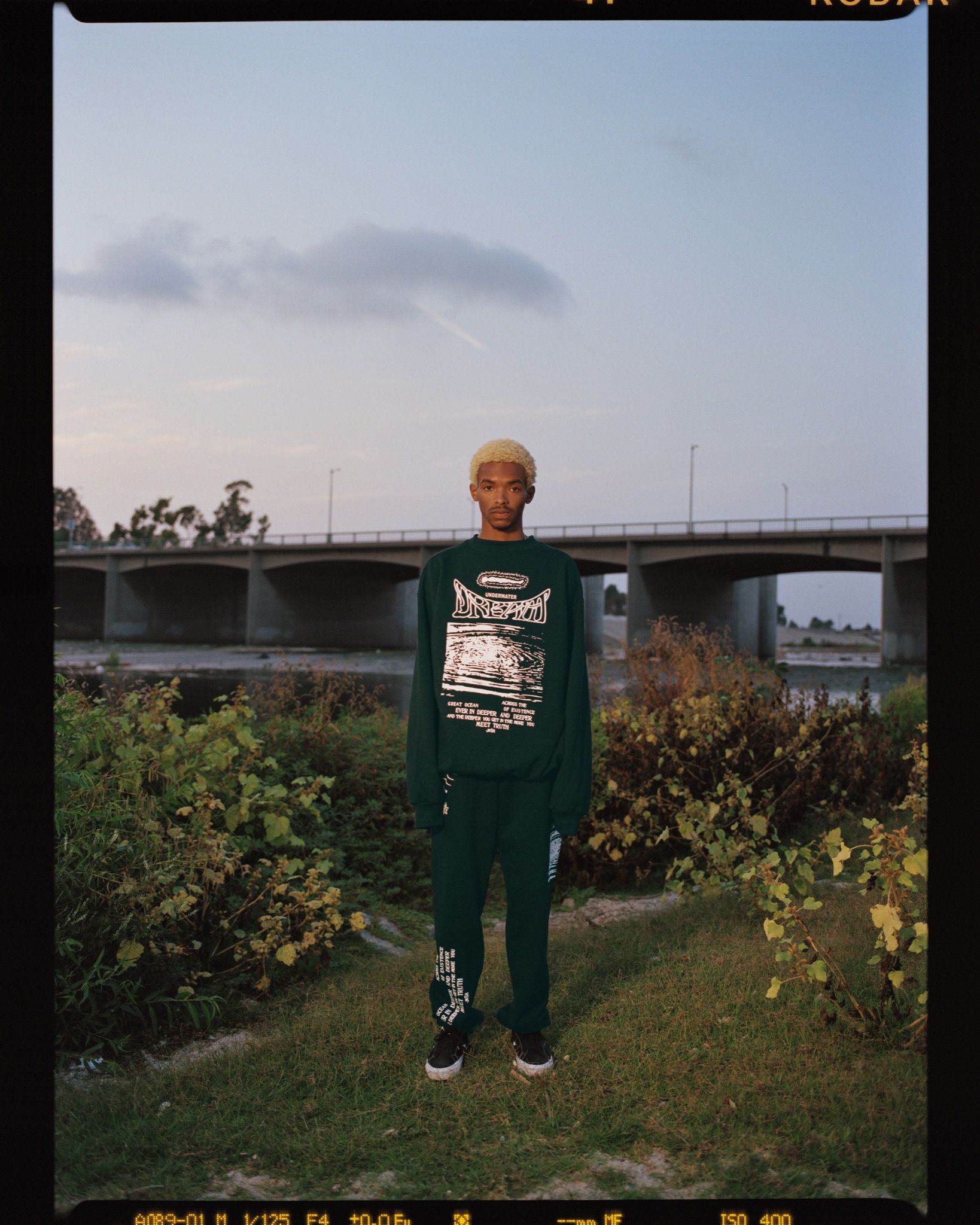
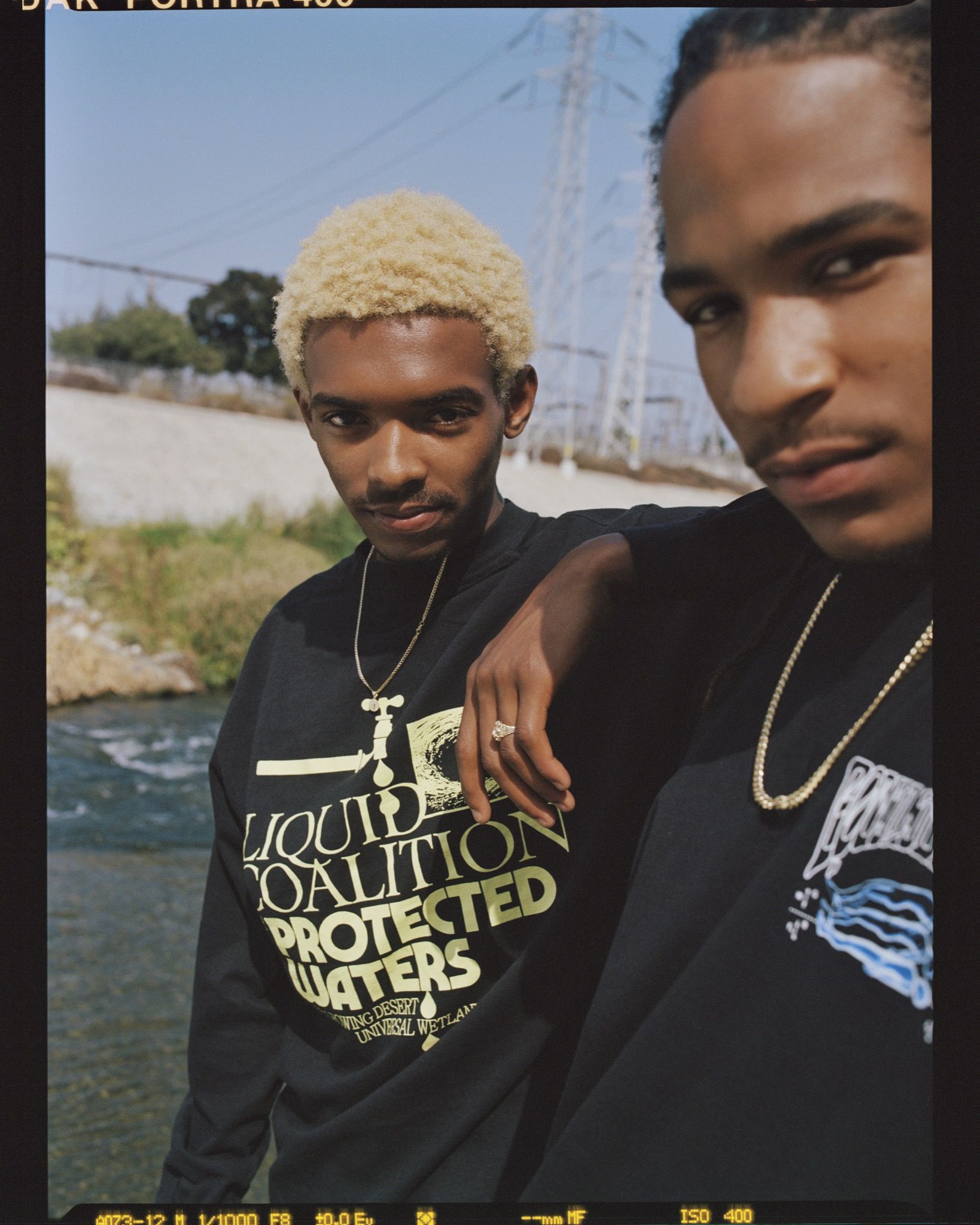
Remember Christian Bale’s character in The Big Short, Michael Burry? After the stock market crashed, he left with all the money made and started an investment firm focusing entirely on is where and how to invest in water. He said everything will move toward water, that water will be the new currency, that it will become absolutely everything — and this “everything” is the drive behind what we are doing at the moment. Everything we ever do always stretches out and becomes part of our ethos going forward, and that’s the case with Liquid State too. As a brand, we work and move in a capitalist system. We are a by-product of capitalism; we fall into a space where we have to make sure we sell, etc. But if we want to stand by the ideas and issues we’re highlighting, we also need to step up as a brand and re-imagine how to deal with things differently. How much water do we use when we produce clothing, what kind of material, what kind of packaging? We are obviously not where we want to be, but we are on our way, and we hope that with each drop, with each design interference, we open doors for new sustainable solutions.
What kind of reaction do you hope to get from people?
It’s really about creating a larger sense of community. In a way, when you buy a shirt you’re also standing by a message, and because of that, you become part of a larger family.
It is very apparent now that local, community-centered work is what is needed to challenge and transform the social structures that created the conditions of inequality and disparity we inhabit.
OutKast said something like, “If you want to change the world, start on your block.” We are all very well aware of big paradigm shifts happening right now, and in some ways, the biggest impact you can have is on the stuff that’s in closest proximity to you. The things within our reach, things we can start working on right now, are the exact same things that will, one by one, change the larger picture. For us, collective change starts in LA, with our friends, people who support the brand – all those channels then expand and answer to what’s happening globally socially, economically, and politically.
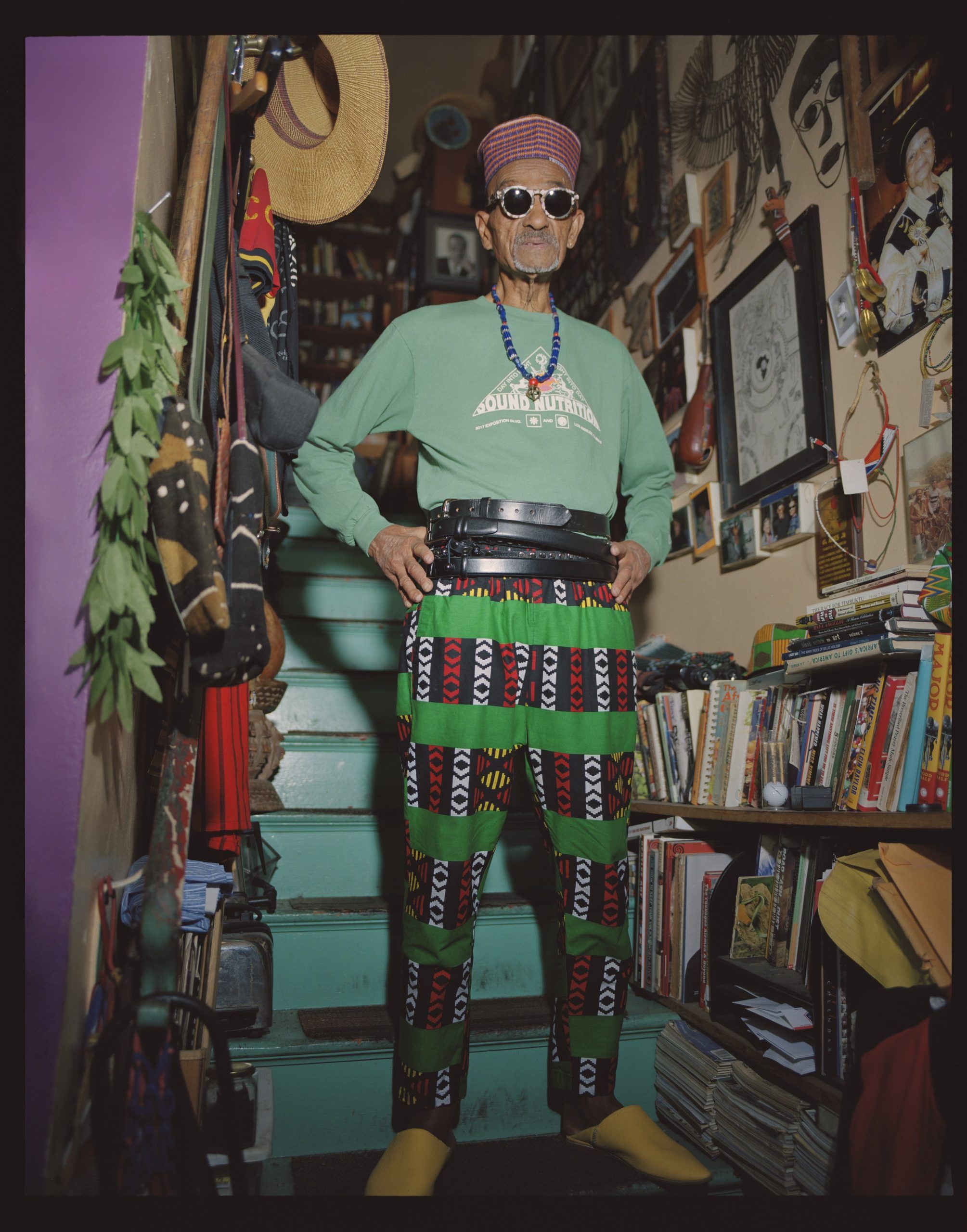
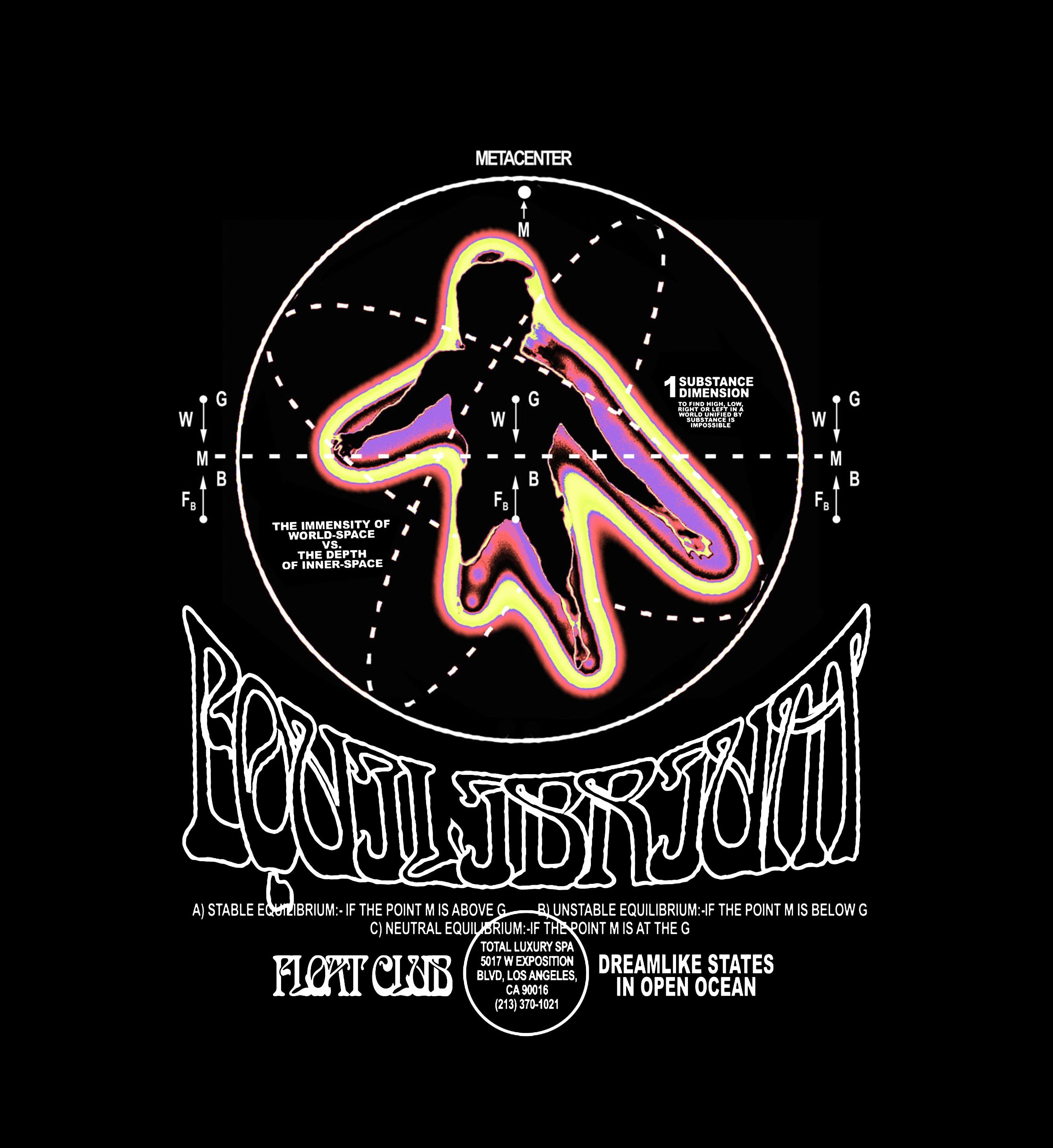
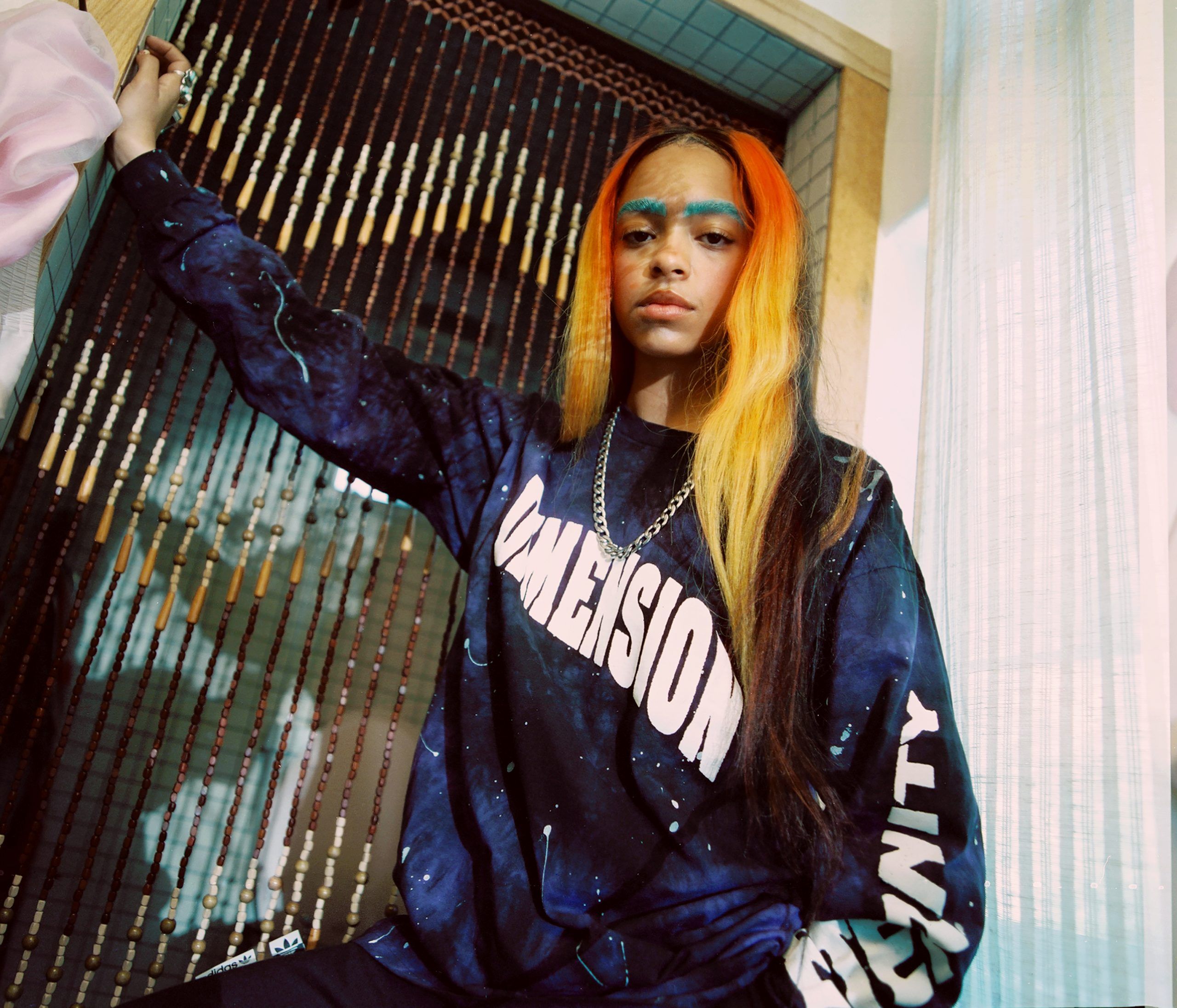
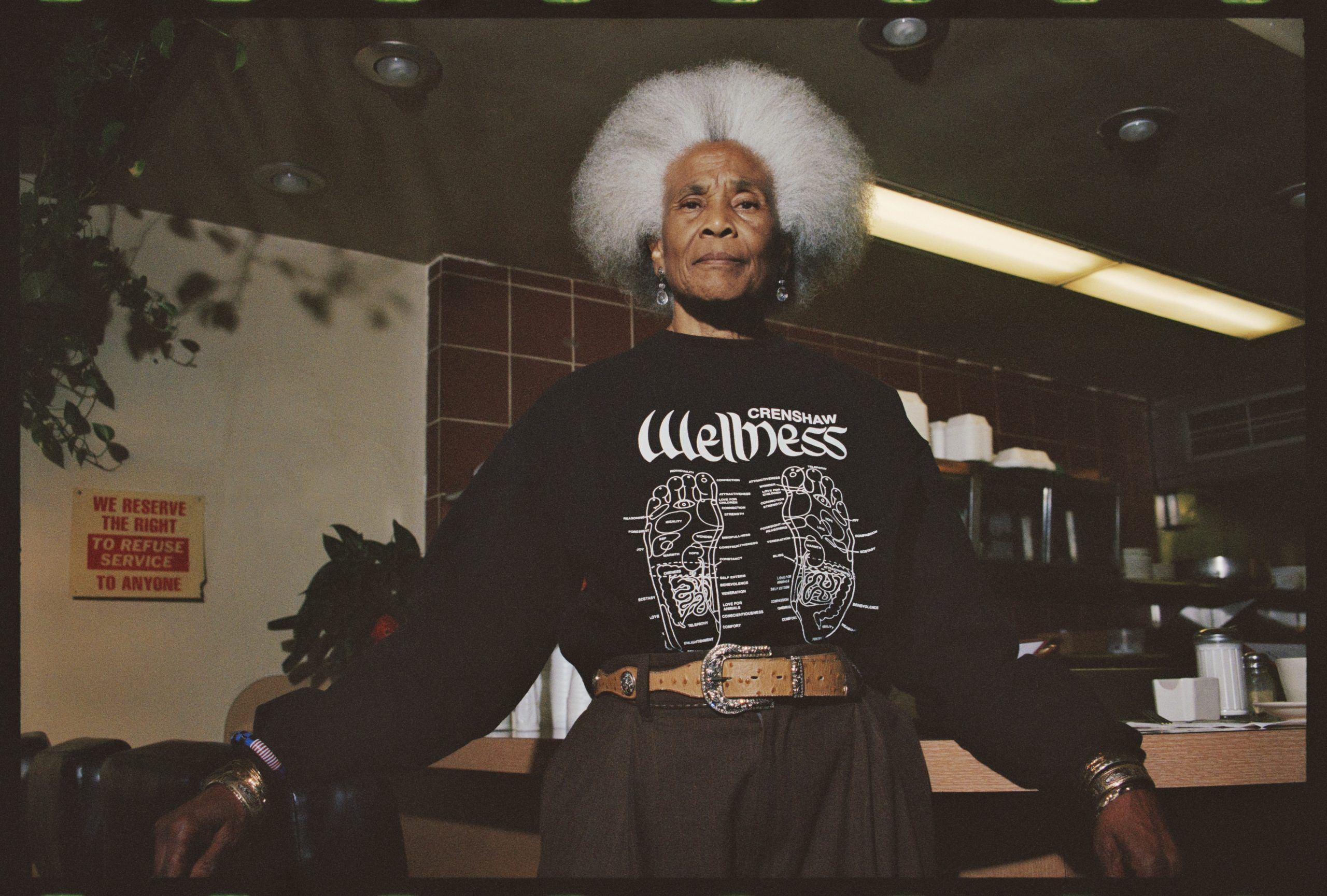
On the same note, can you talk about the collaborative process, close to home or in the art world generally? Any milestones that made you feel like you had made it?
When we did the artist photo campaign with Kelsey Lu and Martine Syms, it was a pretty big moment. We had all our friends support it, and it was a really comfortable and special moment of having the community support what we were doing. Typically, with artists, it’s a discussion and a process, but that’s the beauty of it. We really develop those projects together, and that’s what makes the outcome so unique.
We work in a similar way to a lot of artists: we want to make sure the design language speaks to the larger concept – and that takes time; it’s kind of a design wrestling. You do it, you live with it a bit, you come back to it, tweak it. It’s easy to make pretty pictures, but it’s a process to create a language that speaks to an idea and a dialogue you care deeply about. We think it’s really about the right partnerships and relationships – at the right time. Sometimes it happens overnight, and other times it might take a year. But at the end of the day, it’s essential for the brand that everything we create can live on its own and is able to transcend itself as a piece of thought.
Local social initiatives also have their limit – how do you approach causes that are larger than just the environment you exist in? Via social media?
When we do something remotely, we make sure that the connective tissue of the community remains intact. This next collection will be addressing a much larger issue compared to what we have done before, but the base still comes from LA. We think what makes a lot of our projects so powerful is the personal connection we have with the community, so when people tap in on social media or engage, it’s a direct extension of that engagement.
Your approach lies between two causes: economic and community development. And you usually tackle both at once. Do you think about them in separate ways or as one project?
Those two issues are very entwined indeed, and we’re not sure they can be separated. For us, it’s about creating a level playing field, first and foremost. Everything else is a comment on why that hasn’t happened yet, and then consequentially an attempt to develop ways of making it happen. We hope by demonstrating that a brand can be an extension of community, or can bring resources to spaces without asking for anything in return, that other larger brands and companies will try and follow this model as well. It’s not enough for a brand to go and sponsor a team. What if the game was more balanced, and brands helped support a community into the future – without just using them on billboards and campaigns but instead acting as real patrons? I’m guessing people would support that brand in return, creating a much stronger fan base. In exchange, the brand would have deep roots in communities – which seems to be what brands are searching for. anyway.
Last question: if TLS came with a soundtrack, what would it be?
This playlist by LoveFingers!

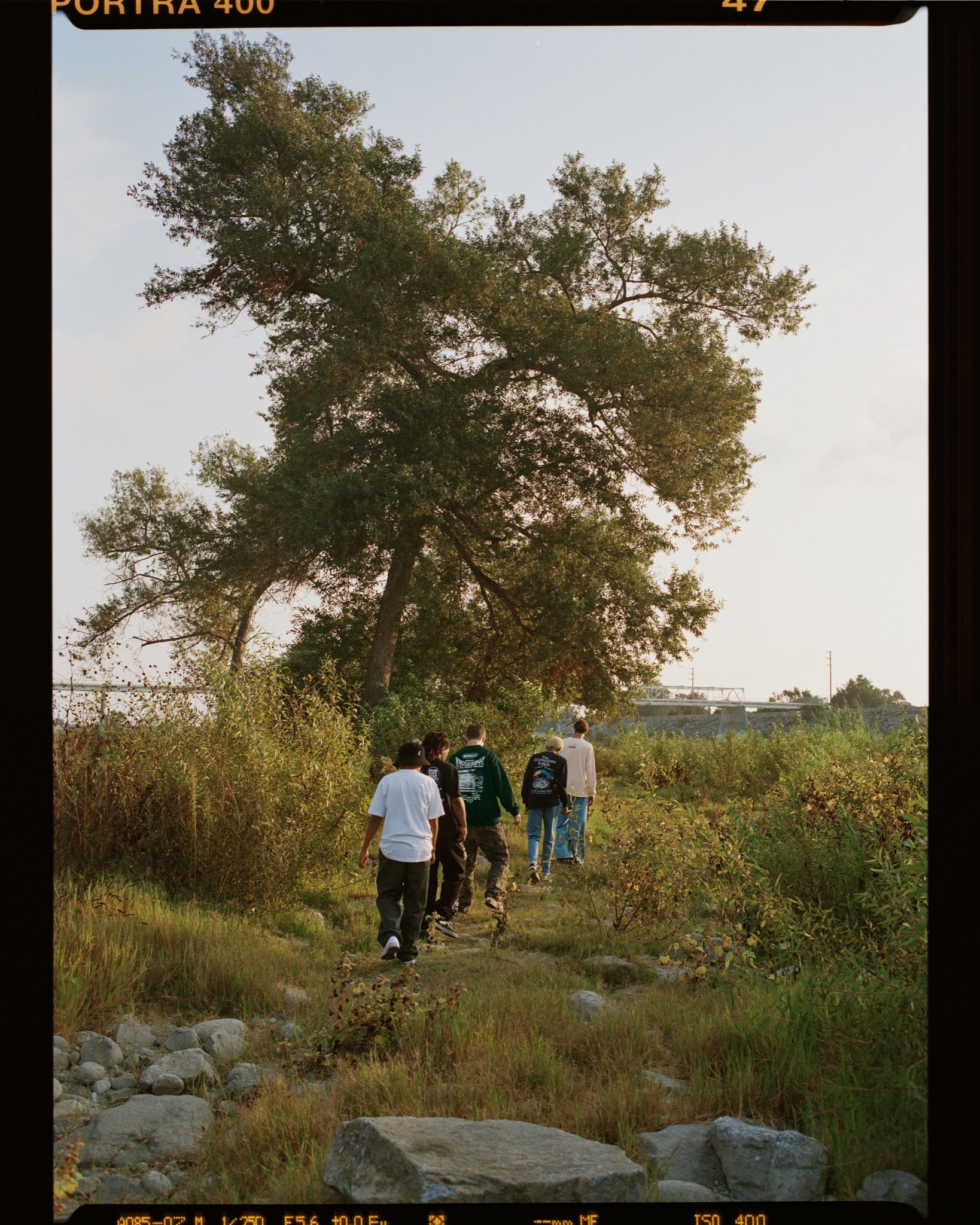
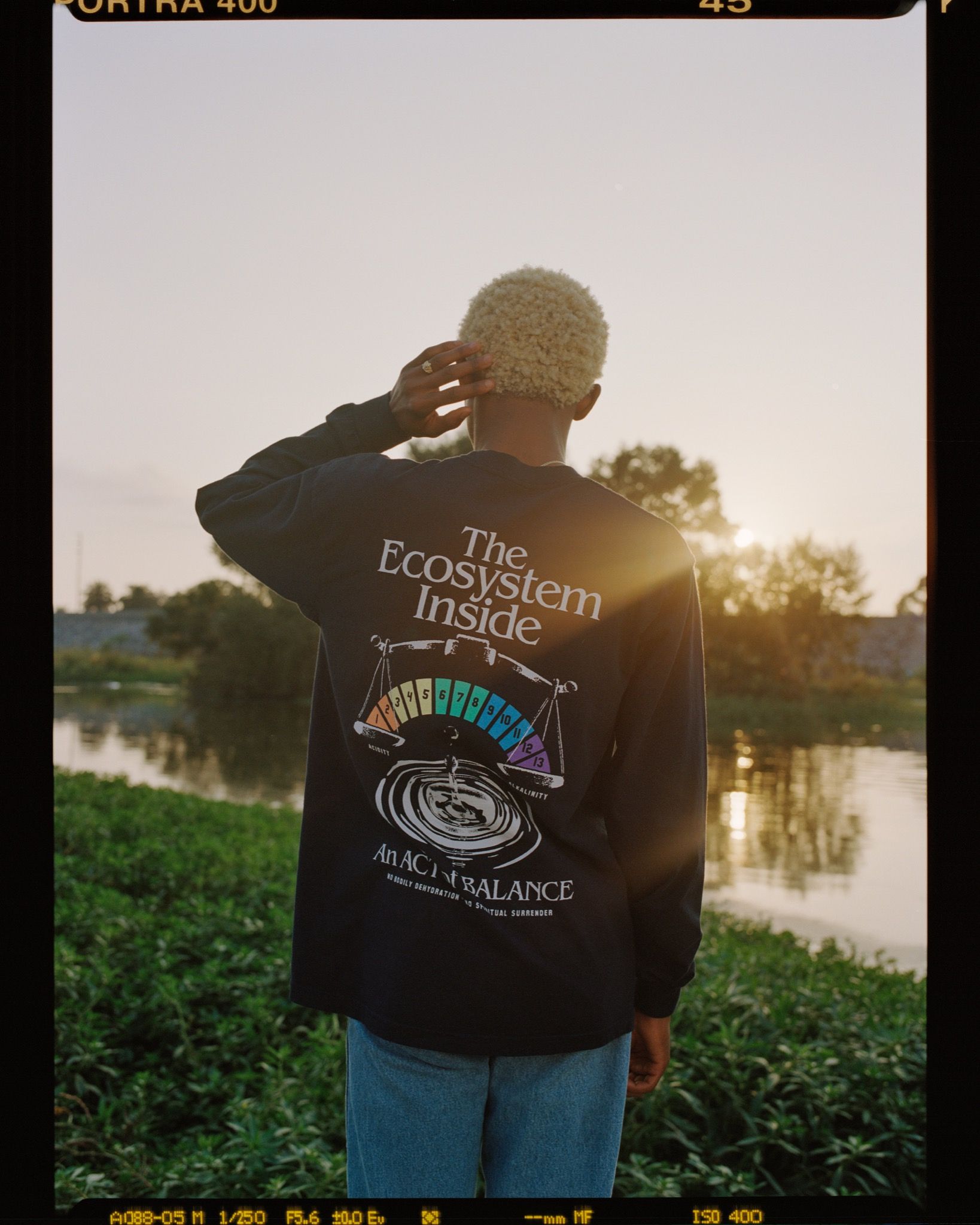
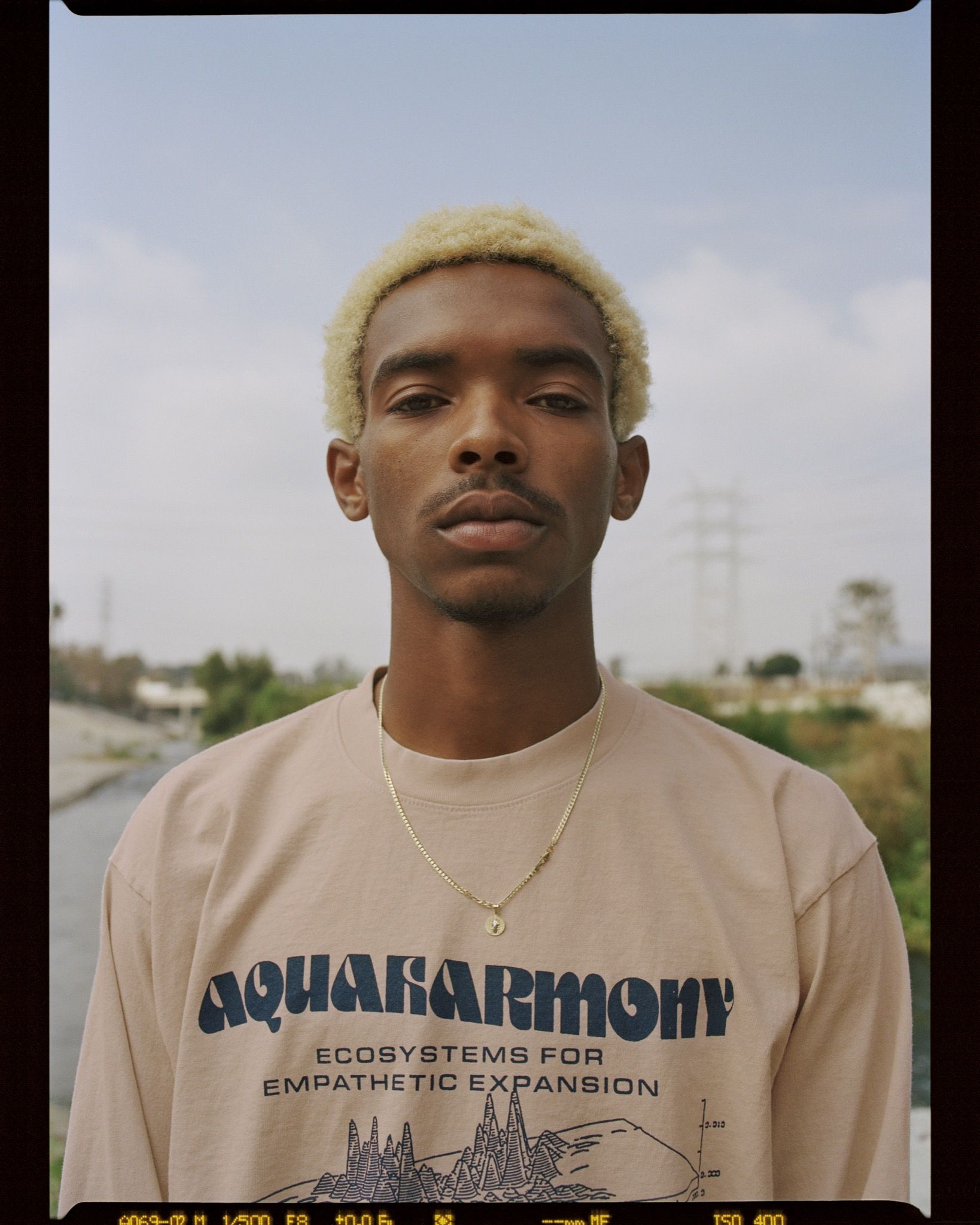
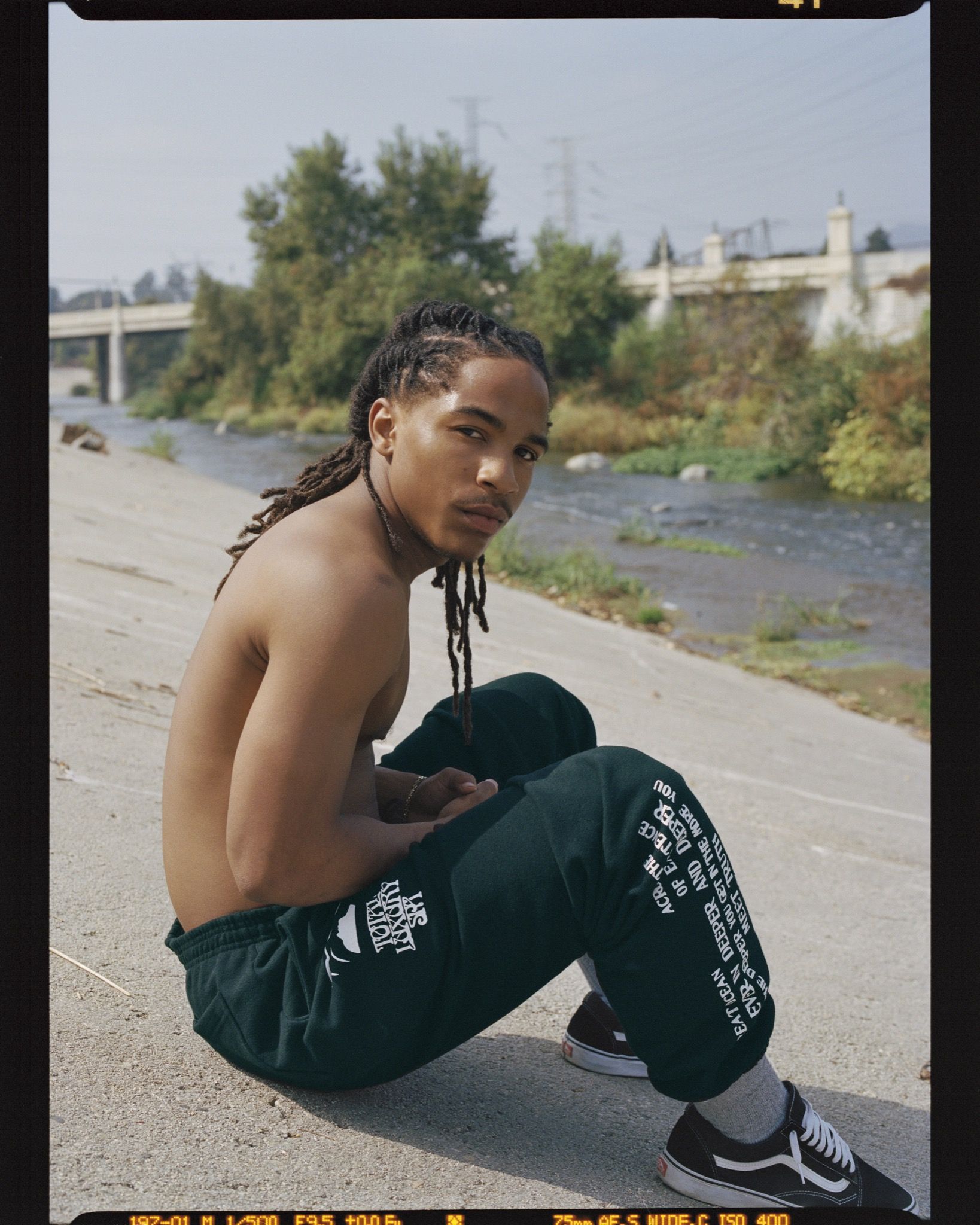
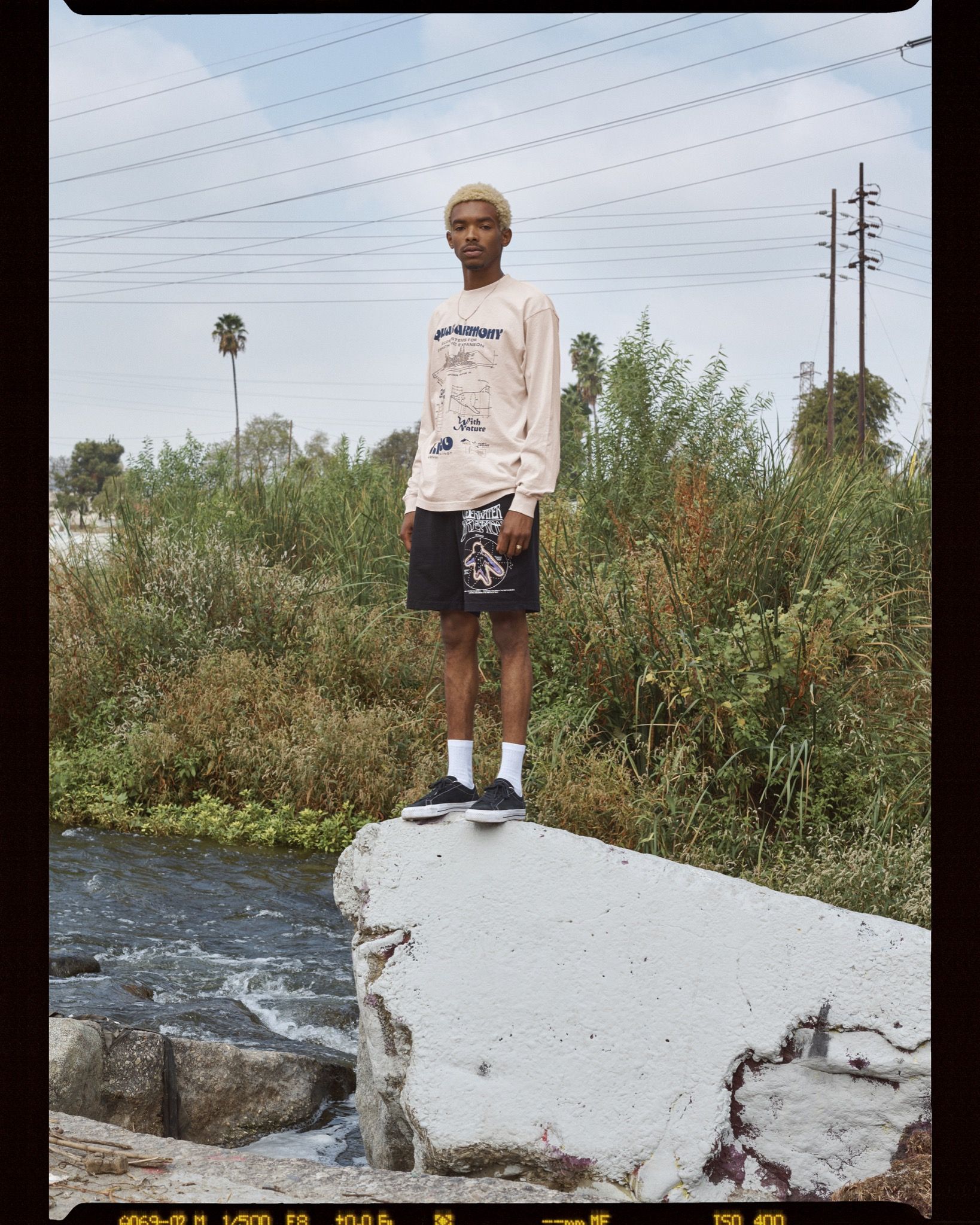
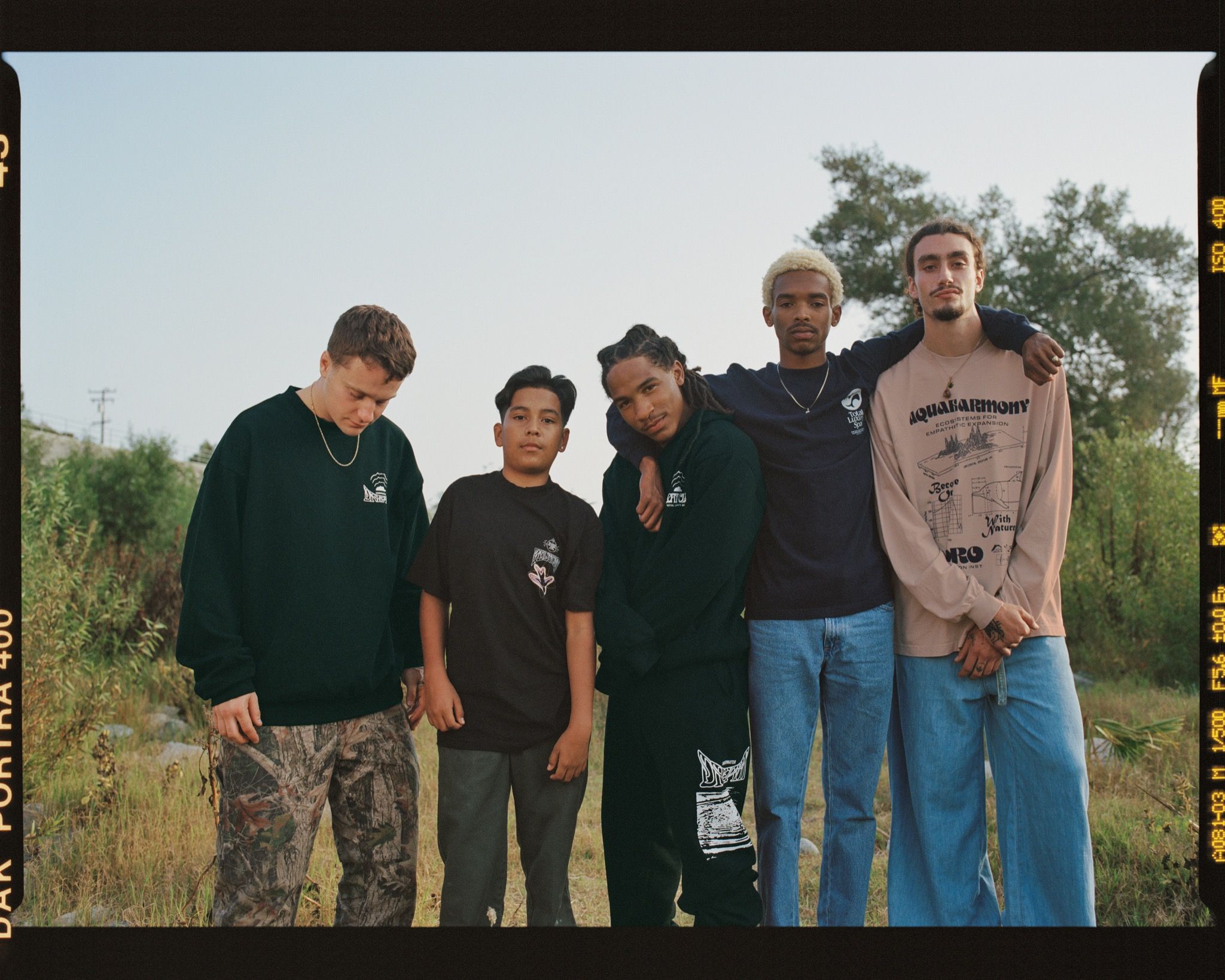
Credits
- Text: Katja Horvat
- Photography: Daria Kobayashi Ritch
- Fashion: Marquise Miller
